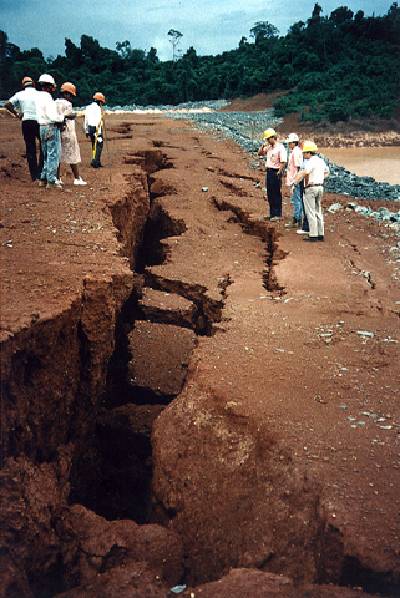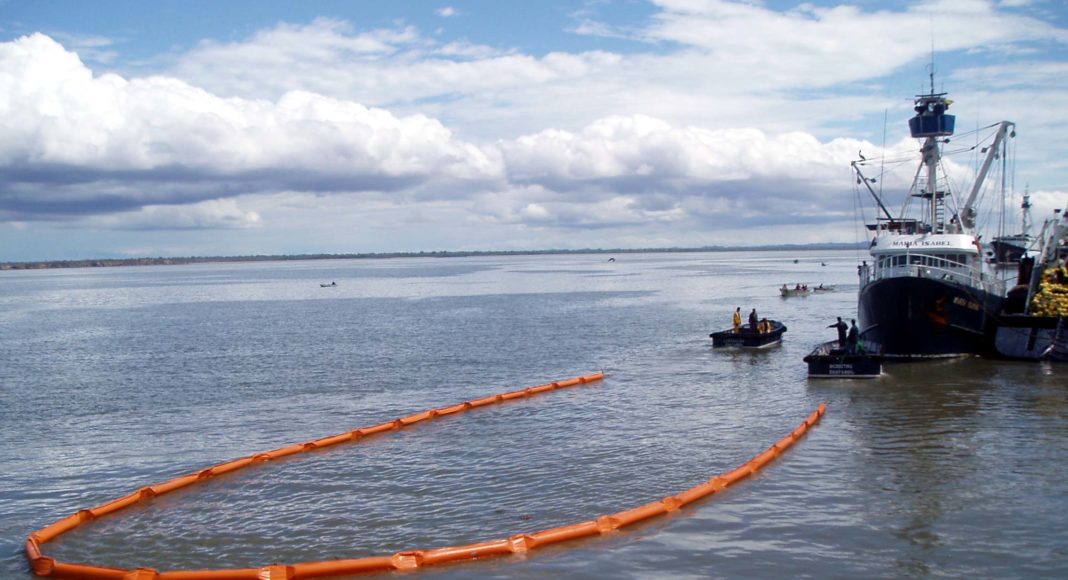As US oil major ExxonMobil gears up to begin oil production in Guyana by 2020, authorities in the South American country are crafting a range of measures, including a plan of action in the event of an oil spill disaster.
The country’s natural resources minister, Raphael Trotman, outlined steps in an Oil Spill Readiness – National Plan of Action document, to a Parliamentary Sectoral Committee on April 19, in the country’s capital, Georgetown.
Highlighting that operators are expected to be the first responders in the event of a disaster, the minister outlined the agencies in the country that would take a direct lead in responding to an emergency. Efforts will be coordinated by the country’s Civil Defense Commission (CDC), supported by the Environmental Protection Agency (EPA), Maritime Administration (MARAD), Guyana Coast Guard and the Guyana Geology and Mines Commission (GGMC).
Training and capacity building are ongoing by the Ministry of Natural Resources with support from a number of private sector and other bodies locally, regionally and internationally.
A raft of legislation is also being crafted and amended to address the regulatory and institutional framework in which the oil and gas sector will operate.
The issue of preparedness for an oil spill has been raised by a number of stakeholders and members of the public in Guyana, as is usually evident at public lectures organised by the Guyana Oil and Gas Association (GOGA). This is particularly important for a country new to the oil and gas industry, with little knowledge of how disasters of this nature are effectively handled.
ExxonMobil’s CEO, Darren Woods, is on record as saying the company remains steadfast in its commitment to excellence in Safety, Security, Health and Environmental (SSH&E) performance.

The most serious environmental disaster caused by a company in Guyana occurred on August 19, 1995. A dam holding cyanide-filled mining waste from gold mining activities collapsed, dumping more than three million cubic meters of effluent into the Essequibo River, the largest of the country’s waterways, stretching some 1,010 km. The dam belonged to the Canadian-run Omai Gold Mines Ltd, and the cyanide waste that spilled out of the containment dam covered the river up to 80 miles upstream from the mine.
After the spill, the Guyana government launched a Commission of Inquiry to investigate the disaster and the need for higher safety and environmental protection standards. The inadequacy of legal, regulatory and oversight frameworks was a major factor that led to weak or non-existing monitoring of the environmental standards of small and large mining companies and lack of attention to negative social impacts of gold mining, at the time.
It is therefore prudent for robust systems to be put in place for the country’s emerging oil and gas industry. The crafting of such measures, as outlined by Mr. Trotman, will no doubt be a welcoming sign to the country’s population of 750,000.




